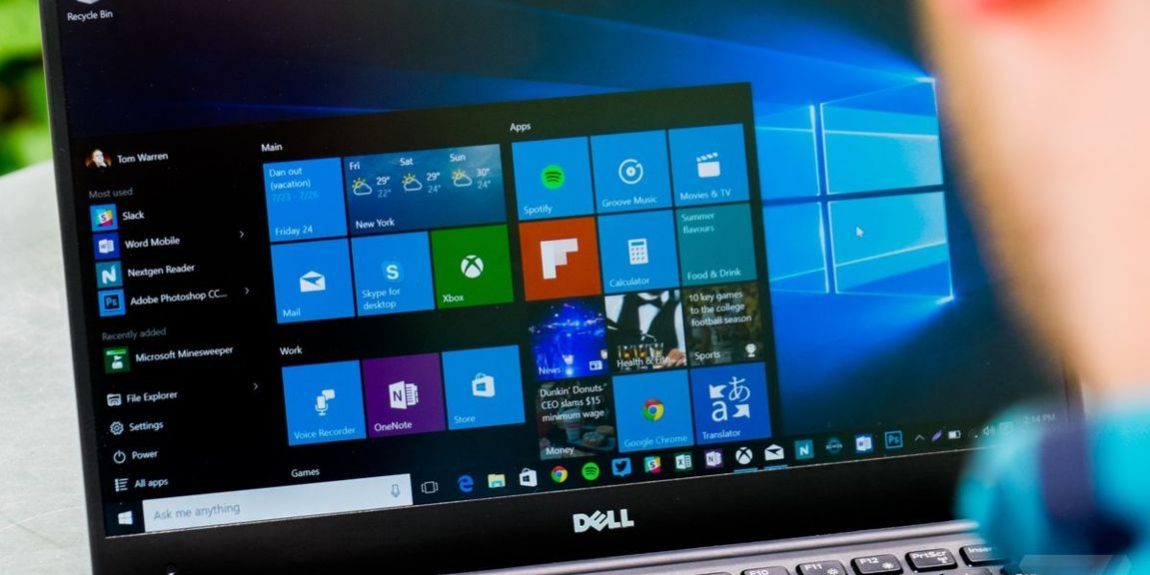One of the prerogatives of our business, both when addressing private consumers and companies, is to offer goods and services that reflect a high standard of quality in all respects. Preformed programmes, comprehensive yet easy-to-use solutions, up-to-date products. With this in mind, when supplying hardware/software or carrying out repairs, we always make sure that the device we are working on is up to date, i.e. that it has the latest version of the existing operating system. As our business is a Microsoft partner, we therefore check that the machine is running Windows 10.
Windows 10 outperforms Windows 7
Three years after its launch, Windows 10has reached the milestone of being the world’s most popular operating system for desktop PCs, surpassing Windows 7. As of December, Windows 10 holds more than 39% of the desktop operating system market share (a total of more than 700 million devices), compared to around 37% for Windows 7.
2020: End of Windows 7 support
Undoubtedly, this trend was influenced by the parent company’s declaration that support for Windows 7 will end in January 2020. This means, as has already happened in the past with other operating systems, that Microsoft will no longer release updates for Windows 7 aimed at improving its performance and providing greater protection for the devices it runs on. It is from this prerogative, and in particular from a security perspective, that our invitation to update the operating system begins. In view of the fact that cyber threats are evolving day by day and becoming more sophisticated, should we really do without Microsoft’s monthly patches?

